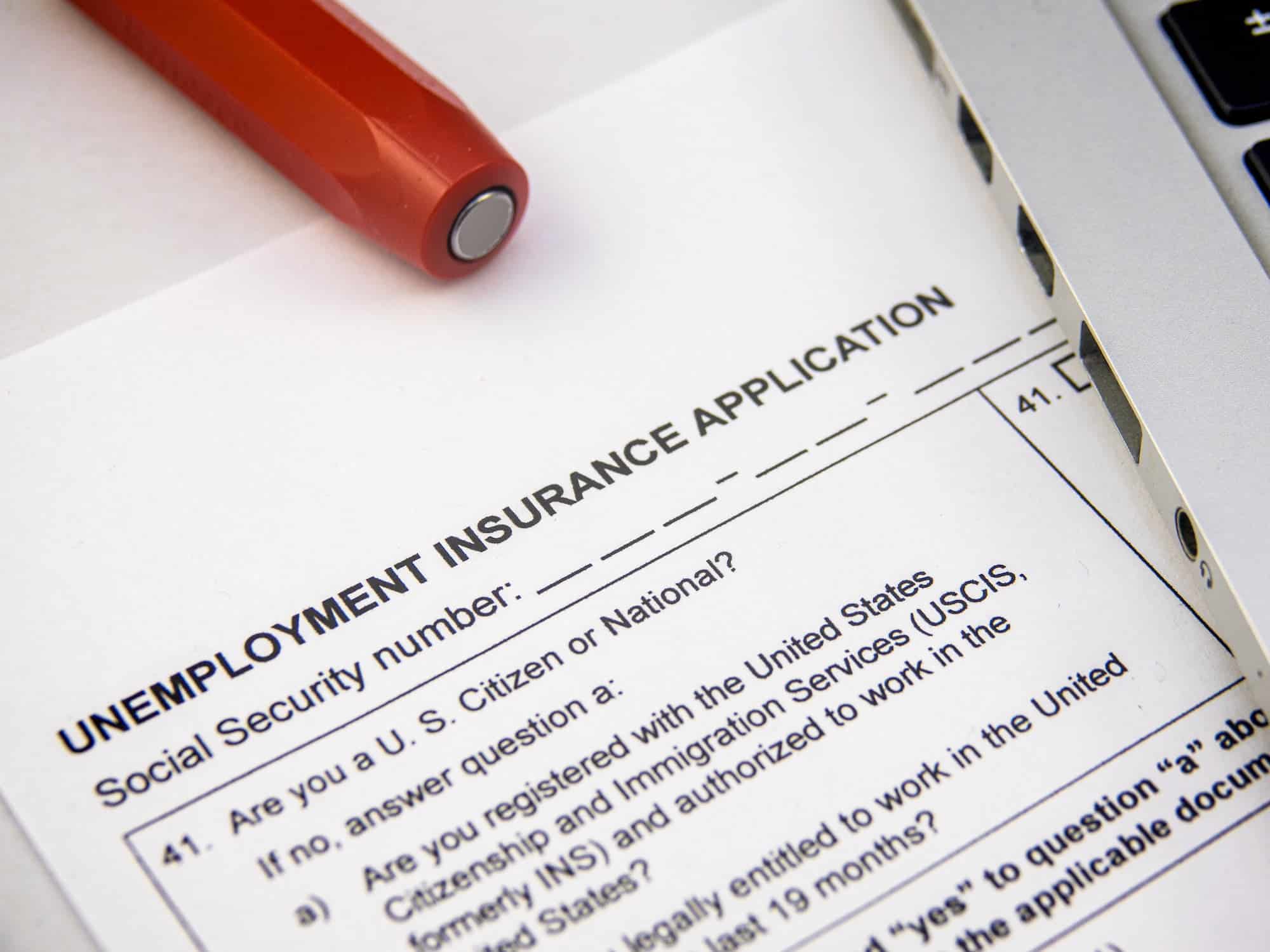
What Does the Skip Bayless Lawsuit Teach Us About Workplace Harassment Claims in California?
Free ConsultationNoushin Faraji, a former Fox Sports hairstylist, initiated a lawsuit making serious allegations of sexual battery, retaliation, and wrongful termination against long-time sports talk show host Skip Bayless, Fox Corp., and former Fox Sports employees Joy Taylor and Charlie Dixon. Her individual claims included sexual battery, retaliation, and wrongful termination.
Specifically, Faraji accused Skip Bayless of repeated unwanted sexual advances during and after weekly haircuts. These advances allegedly included lingering hugs, pressing his body against hers, and kissing her on the cheeks.
Most recently, Faraji asked the Los Angeles Superior Court to dismiss her lawsuit, a move suggesting a settlement has been reached. Alexander R. Wheeler, partner at PARRIS Law Firm, was quoted by The LA Times, offering key legal insight into the case’s procedural dynamics: “The judge sits in an advisory, almost fiduciary relationship with those who stand to benefit from the class action. If the case was settled to the single plaintiff, the judge might say, ‘Hold on, what’s the deal with the class action?’ Judges do not want plaintiffs using the threat of class action to extract a better settlement.”
Why Does This Case Matters for California Workers?
The lawsuit details that Faraji was uncomfortable and would make excuses to leave. Most notably, in July 2021, after Faraji confided in Bayless about undergoing cancer biopsies, he allegedly grabbed and kissed her hands, then offered her $1.5 million to have sex. A week later, he made another advance.
Beyond these individual incidents, the lawsuit painted a picture of a misogynistic, racist, and ableist workplace at Fox, where executives and talent were allowed to physically and verbally abuse workers with impunity for over a decade. When Faraji recently tried to dismiss her claims, the judge refused because of those broader issues, showing how California courts treat these cases as more than just private disputes.
That’s important for workers across the state. Harassment cases rarely impact only one person. In this instance, allegations led to firings, career setbacks, and intense scrutiny of an entire workplace culture.
California law recognizes that when misconduct is tolerated, it spreads. That’s why judges carefully review settlements tied to class actions. Courts want to make sure companies aren’t silencing one worker while ignoring the rights of others.
Harassment can take many forms:
- A supervisor making unwanted physical contact
- A coworker pressuring you for dates or favors
- Offensive comments or “jokes” that create a hostile environment
Retaliation can be just as damaging. It can come in the form of:
- Being demoted after filing a complaint
- Getting your hours cut
- Being excluded from opportunities because you spoke up
- Being terminated
The Bayless case also shows how retaliation and wrongful termination claims fit alongside harassment. The hairstylist alleged that once she pushed back, her livelihood was threatened. That’s a common experience for many workers. Employers may try to punish people into silence, but retaliation creates a separate basis for liability.
By refusing to dismiss the case without addressing the class-action claims, the court reinforced another key point: your rights can’t be traded away in someone else’s settlement. Judges act as safeguards for employees who may not even realize they are part of a larger group facing wage theft or similar violations. That oversight makes it harder for companies to quietly buy their way out of systemic misconduct.
For California workers, this case is a reminder of the protections you have:
- You cannot legally be forced to endure harassment
- You cannot be punished for reporting it
- You cannot be stripped of rights if your situation is tied to broader workplace violations
High-profile or not, these principles apply to every workplace in California. When misconduct happens, the law gives you recourse and courts make sure those protections are not erased behind closed doors.
What Happens When a Workplace Harassment Case Settles?
Most harassment lawsuits never make it to trial. They settle. That means the parties agree to resolve the case privately, usually with payment to the employee and dismissal of the claims. For workers, understanding how settlements work—and what they can and cannot do—is critical.
What is the Difference Between Individual Claims and Class Claims?
When a worker sues for harassment, the case can involve only their personal claims or extend to a class of employees. An individual settlement is straightforward: the employer pays money in exchange for the worker dropping the case. But when class claims are attached—such as wage violations or systemic retaliation—the court steps in.
Judges in California have a duty to protect the rights of employees who aren’t at the table. They will not allow a company to buy silence from one worker if others are still exposed to the same misconduct. If a class claim exists, the court reviews any dismissal or resolution to ensure fairness.
This safeguard prevents companies from hiding widespread abuse behind a single payout. For employees, it means your rights survive even if someone else decides to settle privately.
What Are Confidentiality Agreements?
Most settlements come with confidentiality clauses. That means the details of the agreement—how much was paid, whether the employer admitted fault, and even the allegations themselves—often stay secret.
Employers push for this to protect reputations. Workers sometimes agree because confidentiality can wrap up the case quicker and increase the settlement value.
But secrecy has trade-offs. The public may never know if harassment occurred, and other employees may remain unaware of their rights.
Even when settlements include strong financial terms, confidentiality can feel like a gag order. You walk away with compensation, but you cannot warn others or openly discuss what happened. That’s a hard reality of many harassment cases, especially against powerful employers.
Still, not every detail is hidden. Courts maintain certain records, and if class claims are involved, judges may require more transparency.
Employees should understand that confidentiality protects the employer far more than it protects them. Before signing, always weigh the financial benefit against the loss of your voice.
What Do Settlements Provide for Employees?
A workplace harassment settlement can deliver more than a check. The law recognizes that misconduct affects careers, reputations, and futures. That’s why settlements often include both financial and non-financial remedies.
On the financial side, compensation typically covers:
- Lost wages and benefits: If harassment or retaliation caused you to lose hours, a promotion, or your job entirely, you may be paid for past and future income you missed. Benefits like health insurance or retirement contributions can also be factored in.
- Emotional distress: California law allows recovery for the mental toll of harassment, including anxiety, depression, humiliation, and damage to self-esteem and professional reputation.
- Other damages: Therapy costs, medical bills, and even punitive damages may be included, especially if the employer’s conduct was extreme.
But settlements can also reshape your working life. In some cases, employers agree to reinstate a worker to their job, restore seniority, or clear a personnel file of negative marks tied to retaliation.
Others may agree to provide neutral or positive job references, which can be vital if your career was disrupted. Employers might also commit to policy changes, workplace training, or the removal of a supervisor, protecting both you and future employees.
Workers often choose a settlement because it provides certainty and control. Trials take years, create public exposure, and carry risk. Settlement secures relief faster, avoids the stress of litigation, and allows you to negotiate terms that address your specific needs, whether that’s financial recovery, career restoration, or future protection. Done right, settlement is not giving up; it is using the legal system to regain stability and move forward.
Key Takeaways for California Workers
- Your rights extend beyond money. Settlements can include job reinstatement, cleared personnel records, or agreements that improve workplace policies. These remedies can matter as much as financial compensation.
- Compensation reflects your losses. You may recover wages, benefits, and damages for emotional distress. If retaliation or termination disrupted your career, future income can also be part of the deal.
- Settlement is strategic, not surrender. It allows you to avoid years of litigation, protect your privacy, and secure results tailored to your situation.
- Confidentiality cuts both ways. Many settlements include gag orders that limit what you can say, but they often increase the financial value of the deal.
- Class claims survive individual deals. If your case involves a larger group of employees, the court ensures your rights aren’t traded away in someone else’s settlement.
What Should I Do if I’m Being Harassed at Work?
If you experience harassment at work, the most important step is to act quickly and deliberately. Harassment often escalates when it goes unchecked, and taking early action protects both your rights and your well-being.
1. Document Everything: Keep a detailed record of every incident. Write down dates, times, locations, and what was said or done. Save emails, text messages, or other communications that show the behavior. Documentation creates a paper trail that strengthens your case if you choose to report or file a claim.
2. Review Your Employee Handbook: Most companies outline reporting procedures for harassment. Familiarize yourself with the policy so you know the proper steps to follow. Using the employer’s process can be important if the case later moves to court, as it shows you tried to resolve the issue internally.
3. Report the Misconduct: File a formal complaint with HR, a supervisor, or another designated manager. Be specific about what happened and provide copies of your documentation. Reporting doesn’t guarantee immediate change, but it creates an official record that the company was made aware of the harassment.
4. Protect Yourself Against Retaliation: After reporting, watch for changes in how you’re treated at work. Sudden demotions, shift cuts, exclusion from projects, or negative performance reviews can all signal retaliation. Document these as carefully as the harassment itself.
5. Seek Support: Harassment is isolating. Talk to trusted colleagues, friends, or family about what you’re experiencing. Consider counseling if the stress becomes overwhelming. Emotional support can help you navigate the process with confidence.
6. Explore Your Legal Options: If the harassment continues or retaliation occurs, talk to a California employment lawyer. A lawyer can assess whether your case is best pursued as an individual claim, part of a class action, or through a government agency like the California Civil Rights Department (CRD) or the Equal Employment Opportunity Commission (EEOC).
7. Take Care of Yourself Professionally: Keep your resume updated, maintain your professional network, and document your accomplishments at work. If the environment becomes unbearable, you may need to move on—but do so on your terms, not the employer’s.
Every harassment case is different, but the steps above put you in the strongest position to protect your rights. California law is on your side, but the process works best when you are proactive, organized, and supported.
Protecting Your Rights in the Workplace
The Bayless lawsuit underscores how workplace harassment can affect careers and livelihoods. California law gives employees powerful tools to fight back, but you need a skilled lawyer to use them effectively.
If you’ve faced harassment, retaliation, or wrongful termination, the attorneys at PARRIS Law Firm can help you stand up for your rights and secure justice. Contact us today to discuss your options.
People Also Ask
Can an employee drop their harassment lawsuit after filing it? Yes, but it’s not always simple. If the lawsuit only involves individual claims, the employee can request dismissal. However, when class-action claims are attached, the court must ensure other employees’ rights are not harmed by the dismissal. Judges in California review these cases closely to prevent employers from using private deals to silence broader workplace issues.
How long does a workplace harassment case usually take in California? The timeline varies, but most cases take months or even years. Investigations, discovery, and negotiations add time. Many cases resolve through settlement before trial, which shortens the process. Complex cases involving class actions or multiple claims can last several years.
What evidence helps most in proving workplace harassment? Written records of incidents, emails, texts, voicemails, and witness statements strengthen your claim. Performance reviews or disciplinary records showing retaliation after reporting harassment can also help.
Can I still sue if my employer has an HR department? Yes. Having HR does not shield an employer from liability. If harassment occurs and HR fails to address it properly, the company remains legally responsible. In fact, reporting to HR and showing the company ignored your complaint often strengthens your case.
Are independent contractors protected from workplace harassment? Yes, but protections differ from traditional employees. California’s Fair Employment and Housing Act (FEHA) extends harassment protections to contractors, freelancers, and even unpaid interns. If you provide services to a company and face harassment from supervisors, employees, or clients, you may still have a valid claim. The law recognizes that everyone deserves a safe work environment, regardless of employment classification.
What if the harasser is not my direct supervisor? You still have rights. California law holds employers accountable if harassment comes from coworkers, clients, or even vendors. If management knew or should have known about the behavior and failed to stop it, the employer can be liable. This ensures workers are protected from misconduct across the workplace, not just from their immediate boss. Reporting and documenting these incidents is essential to preserve your claim.







